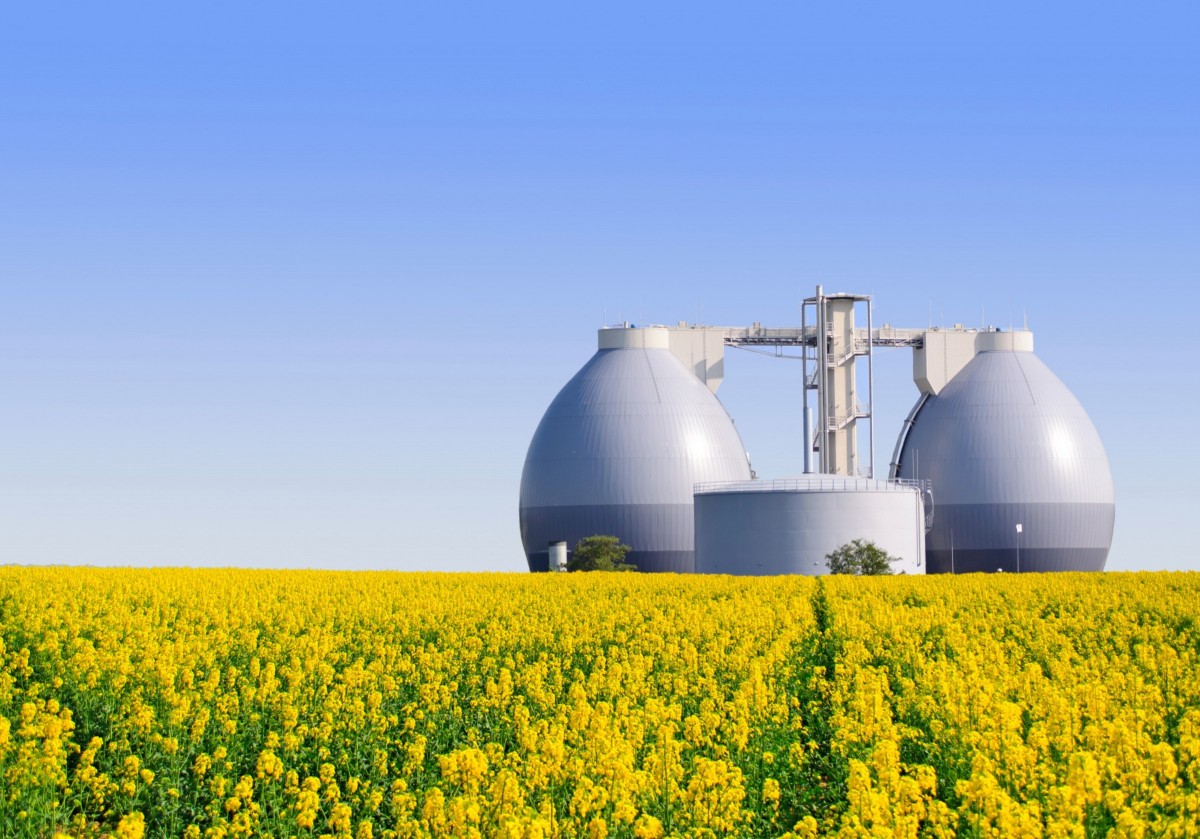The gaming industry is not only about advanced graphics, immersive storylines, and skillful gameplay; it’s also about staying energized for those long gaming sessions. In recent years, energy drinks have become a staple for many gamers, providing the boost they need to stay alert and focused. In this article, we will delve into the world of energy drinks and their usage in the gaming community.
The Role of Energy Drinks in Gaming
For gamers, the connection between energy drinks and performance is undeniable. The fast-paced nature of many games demands quick reflexes and sustained attention, making energy drinks a popular choice for those seeking a competitive edge. These beverages are designed to provide a quick energy boost, making them particularly appealing to the gaming community.
Key Ingredients in Gaming Energy Drinks
What sets gaming energy drinks apart from traditional ones? It’s the carefully selected ingredients that cater to the specific needs of gamers. Ingredients like taurine, B-vitamins, and amino acids are often included to enhance mental focus and stamina during gaming marathons.
Impact on Focus and Concentration
The primary reason gamers turn to energy drinks is their impact on focus and concentration. The combination of caffeine and other stimulating ingredients can help sharpen cognitive functions, allowing gamers to maintain peak performance even during extended gaming sessions. The mental clarity provided by these drinks can make a significant difference in competitive gaming scenarios.
Caffeine Content in Gaming Energy Drinks
Caffeine is a central component of energy drinks, and gaming variants are no exception. Understanding the caffeine content is crucial, as excessive intake can lead to jitteriness and negatively impact gaming performance. We’ll explore the optimal caffeine levels for gamers and how to strike the right balance.
Sugar and Other Additives
While energy drinks offer a quick energy fix, many also come with a high sugar content. Gamers need to be aware of the potential downsides of excessive sugar intake, such as energy crashes. Additionally, we’ll examine other additives commonly found in gaming energy drinks and their implications.
Popular Brands in the Gaming Community
The gaming community has its preferences when it comes to energy drinks. We’ll highlight some of the most popular brands, exploring what sets them apart and why gamers gravitate towards them.
1. Red Bull: The OG Choice
Red Bull stands as one of the pioneers in the energy drink industry, and its popularity extends seamlessly into the gaming realm. The brand’s signature blend of caffeine, taurine, and B-vitamins provides a reliable boost, keeping gamers alert and focused. The compact can design is also a practical choice for those intense gaming moments.
2. Monster Energy: Unleash the Beast
Monster Energy has become synonymous with extreme sports and gaming alike. With a diverse range of flavors and formulations, Monster caters to different tastes and preferences within the gaming community. The brand’s bold marketing strategies, vibrant can designs, and sponsorships in the gaming industry have solidified its status among gamers.
3. GFUEL: The Gamer’s Fuel
GFUEL has carved its niche by directly targeting the gaming community. Marketed as a healthier alternative, GFUEL offers a sugar-free option and a variety of unique flavors. What sets GFUEL apart is its collaboration with popular gaming influencers and esports teams, creating exclusive flavors that resonate with the gaming audience.
4. Game Fuel: By Gamers, For Gamers
Game Fuel, a product of PepsiCo’s Mountain Dew, has positioned itself as a beverage designed specifically for gamers. What makes it distinctive is its “Rigorously Tested by Pros” tagline, emphasizing the input of professional gamers in the development process. The resealable lid also caters to those who prefer sipping during breaks in gaming sessions.
5. Rogue Energy: Focus and Endurance
Rogue Energy markets itself not only as an energy drink but also as a supplement for enhanced gaming performance. With ingredients like electrolytes, vitamins, and nootropics, Rogue Energy aims to provide a sustained energy boost and improved cognitive functions during gaming sessions. The brand’s emphasis on mental endurance sets it apart in the market.
6. NOS Energy: High Performance, No Compromise
NOS Energy has gained popularity for its high-performance formula, aiming to deliver an extra kick during intense gaming moments. The brand’s association with speed and adrenaline aligns with the fast-paced nature of many video games. With a focus on powerful energy without compromising taste, NOS has earned its place among gamers.
7. Bang Energy: Fuel Your Destiny
Bang Energy has stormed into the energy drink scene with its potent combination of caffeine, electrolytes, and amino acids. Marketed as a performance-enhancing beverage, Bang Energy has gained traction among gamers looking for a clean energy source without the calories. The variety of flavors and sugar-free options make it a versatile choice.
8. 5-hour Energy: Quick and Effective
While not a traditional energy drink, 5-hour Energy shots have found their way into the gaming world. Known for their quick and effective energy boost without the carbonation, these shots are favored by gamers who seek a more concentrated dose of energy without the need to consume a full can.
In the competitive landscape of gaming energy drinks, these brands have successfully catered to the unique needs and preferences of the gaming community. Whether it’s about taste, marketing appeal, or a focus on mental endurance, each brand brings something distinctive to the table, creating a diverse array of choices for gamers worldwide.
Health Concerns and Considerations
As with any dietary choice, there are health concerns associated with the consumption of energy drinks. We’ll discuss potential risks and considerations, emphasizing the importance of moderation to maintain both physical and mental well-being.
Conclusion
In conclusion, the use of energy drinks in the gaming industry is not just a trend; it’s a strategic choice for many gamers looking to enhance their performance. While these drinks can offer benefits, it’s essential for gamers to be mindful of their consumption and prioritize a balanced lifestyle.






